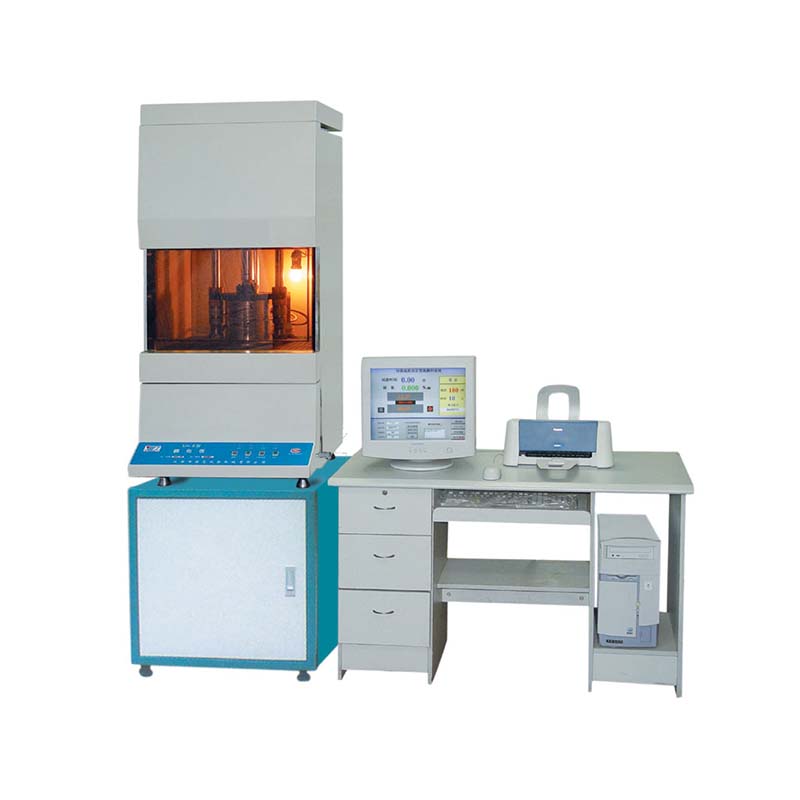UV Irradiation Techniques for Cross-Linking Equipment in Advanced Material Processing
UV Irradiation Cross-Linked Equipment Advancements and Applications
Ultraviolet (UV) irradiation cross-linking technology has revolutionized various industries by enhancing the performance of materials used in numerous applications. This advanced technique utilizes UV light to initiate a chemical process that links polymer chains together, resulting in improved material properties such as increased strength, enhanced resistance to heat and chemicals, and superior durability. The significance of UV irradiation cross-linked equipment cannot be overstated, as it plays a critical role in producing high-quality materials that meet the demands of modern applications.
Understanding UV Irradiation Cross-Linking
At its core, the UV irradiation cross-linking process involves exposing specific materials to UV light, which activates photoinitiators within the polymers. These initiators generate free radicals that promote the cross-linking of polymer chains. As a result, the physical properties of the material change drastically. This process is particularly advantageous because it occurs at room temperature, reducing the energy costs associated with traditional heat curing methods.
In addition to the environmental benefits of lower energy consumption, UV cross-linking is also a fast process, typically requiring only a few seconds to achieve complete cross-linking. This efficiency allows manufacturers to increase production rates, leading to higher overall productivity.
Applications of UV Cross-Linked Equipment
The applications of UV irradiation cross-linked equipment are vast and varied. In the adhesive industry, UV cross-linked materials are used to create stronger and more durable bonds that resist peeling, lifting, and environmental damage. This improves product longevity and enhances performance in applications such as woodworking, automotive assembly, and even electronics.
In the coating and ink industries, UV cross-linking technology is employed to produce high-performance, durable coatings that offer superior scratch and chemical resistance. UV-cured inks enable vibrant printing on various surfaces, including plastics, glass, and metals, making this technology essential in packaging and labeling applications. The fast curing time also allows for quick turnaround in printing processes, significantly improving efficiency.
Moreover, UV irradiation cross-linking has found its place in the production of flexible printed circuits (FPCs) and various electronic components
. The enhanced thermal and chemical resistances of UV-cured materials make them ideal for use in harsh conditions, ensuring reliability and longevity in electronic devices.uv irradiation cross-linked equipment

Environmental Considerations and Benefits
Another critical aspect of UV irradiation cross-linking is its environmental impact. Traditional curing methods often require the use of solvents, which can release volatile organic compounds (VOCs) into the atmosphere, contributing to air pollution and posing health risks. In contrast, UV cross-linking processes are virtually solvent-free, significantly reducing VOC emissions and making them a more environmentally friendly solution.
Furthermore, the reduction in energy consumption associated with UV curing processes contributes to lower greenhouse gas emissions. Manufacturers and industries adopting this technology are increasingly viewed as environmentally responsible, aligning with global efforts toward sustainability.
Challenges and Future Directions
Despite its numerous advantages, there are challenges associated with UV irradiation cross-linking technology. For instance, the effectiveness of cross-linking can be influenced by factors such as material transparency and the depth of UV penetration. Additionally, the initial investment in UV cross-linked equipment can be higher compared to traditional methods, which may deter some manufacturers from making the transition.
Nevertheless, advancements in technology continue to address these challenges. Research into new photoinitiators and polymer formulations is expanding the range of materials that can be effectively cross-linked using UV irradiation. Furthermore, the increasing necessity for sustainable practices across industries is driving innovation and investment in UV cross-linking technology.
Conclusion
UV irradiation cross-linked equipment stands at the forefront of material science and engineering, offering transformative benefits across multiple industries. Its ability to enhance material performance, reduce environmental impact, and increase production efficiency positions it as a valuable option for modern manufacturing. As technology progresses, the potential applications for UV cross-linking will surely expand, promising a future of innovation and improvement in material development. Whether in coatings, adhesives, electronics, or other fields, the adoption of UV cross-linking will continue to shape the landscape of materials science for years to come.
-
Why the Conductor Resistance Constant Temperature Measurement Machine Redefines Precision
NewsJun.20,2025
-
Reliable Testing Starts Here: Why the High Insulation Resistance Measuring Instrument Is a Must-Have
NewsJun.20,2025
-
Flexible Cable Flexing Test Equipment: The Precision Standard for Cable Durability and Performance Testing
NewsJun.20,2025
-
Digital Measurement Projector: Precision Visualization for Modern Manufacturing
NewsJun.20,2025
-
Computer Control Electronic Tensile Tester: Precision and Power for the Modern Metal Industry
NewsJun.20,2025
-
Cable Spark Tester: Your Ultimate Insulation Assurance for Wire and Cable Testing
NewsJun.20,2025
 Copyright © 2025 Hebei Fangyuan Instrument & Equipment Co.,Ltd. All Rights Reserved. Sitemap | Privacy Policy
Copyright © 2025 Hebei Fangyuan Instrument & Equipment Co.,Ltd. All Rights Reserved. Sitemap | Privacy Policy
